Microphones are used at a lot of places: at concerts, musical shows, theaters, conference rooms, tv and radio stations, at places of worship, at lecture rooms and schools, on cruise ships and at karaoke bars. The hygiene of microphones is an important aspect of maintaining a clean and healthy environment, especially since microphones are usually shared between individuals. While there are several disinfection methods available for microphones, one that is gaining popularity is ultraviolet (UV) light disinfection. In this blog, we’ll explore the differences between UV light disinfection and other cleaning methods for microphones.
Chemical disinfectants
Disinfection can be done by liquid disinfection fluids, like alcohol. 70% isopropanol alcohol is best. The alcohol must wet the entire outer surface and penetrate the foam of the microphone for a couple of minutes. This is the only way to ensure an adequate level of disinfection. The problem is that the alcohol often evaporates too quickly before the disinfection is complete. The microphone head should be disassembled as not all parts are suitable for contact with liquids. A simple wipe with an alcohol wipe is not sufficient.
Other chemicals like hydrogen peroxide solutions or other cleaning agents are not recommended to be used on microphones.
Repeated use of liquid chemicals can cause wear and tear on the microphone’s surface over time.
Heat treatment
Another method of disinfecting microphones is through heat treatment. This involves exposing the microphone to high temperatures for a period of time. While heat treatment can be effective in killing bacteria and viruses, it can easily damage the microphone. Make sure to strictly follow the guidelines of the microphones manufacturer.
Disinfection through UV-C light
This is a non-chemical, non-invasive method of disinfecting microphones. It involves exposing the microphone to UV-C light, which kills bacteria and viruses by disrupting their DNA. Disinfection though UV-C light is effective, quick, contactless and does not involve any liquids. . It is also safe for most types of microphones, and has very little impact on the microphone’ appearance or audio performance. Disinfection through uv-c light can cause a light sulfuric odor. This is caused by uv-c light breaking up organic molecules on the microphone. Airing the microphone for a few minutes helps to reduce the smell.
What’s best for you?
Using alcohol to disinfect a microphone is the classic approach. It is effective if done correctly. The microphones need to be dismantled, some parts need to be soaked in alcohol. Before re-assembling these parts need to dry. Heat treatment is effective, but the microphones can easily be damaged.
Li.LAC is a uv-c disinfection device that was especially developed and tested for microphone disinfection. The disinfection through uv-c light in Li.LAC takes only 5-10 minutes. No liquids are involved. The microphone does not need to be dismantled. The departments Biomedical Engineering and Medical Microbiology & Infection Prevention of the University Medical Center Groningen (UMCG, the Netherlands) have conducted comprehensive scientific studies to evaluate the effectiveness of Li.LAC. The results show a reduction of 99.3% of the viral load on strongly contaminated microphones (including the metal grille and foam underneath) after 10 minutes of uv-c irradiation inside Li.LAC.

